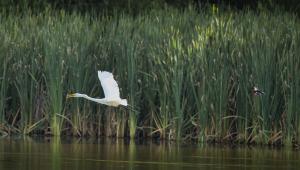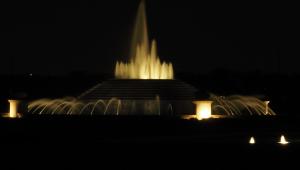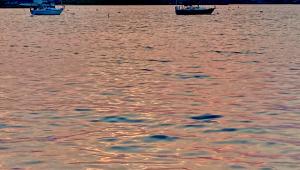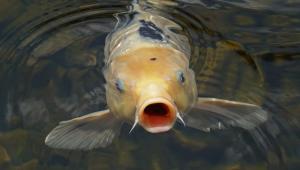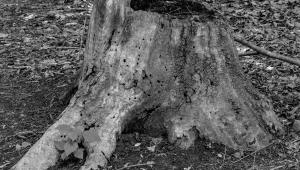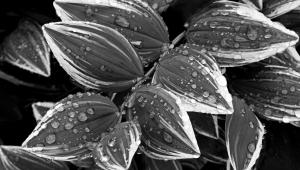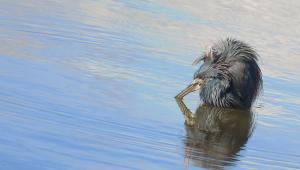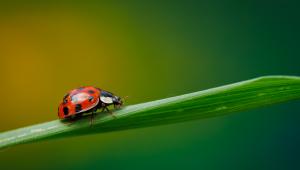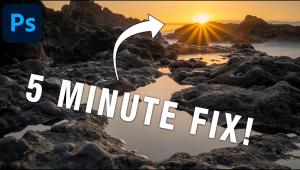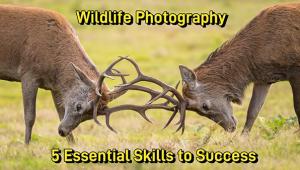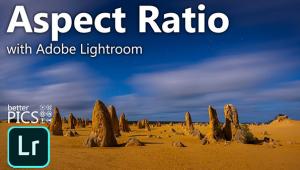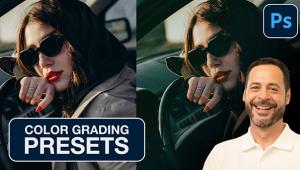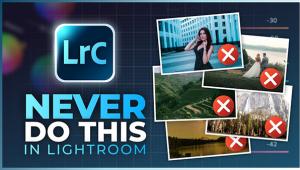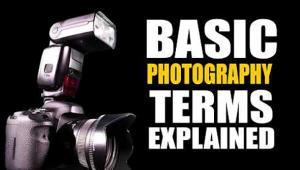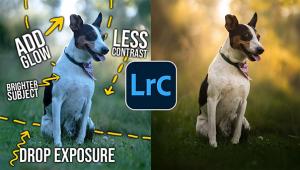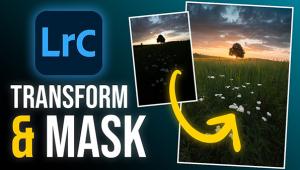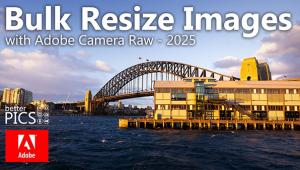DIGITAL CAMERA IMAGE QUALITY
MEASURING COLOR ACCURACY IN PHOTOGRAPHY
The measurement of color to determine the accuracy of the photographic reproduction process was common in film days long before digital photography. Back in the 60’s I had a fashion catalogue account I serviced, shooting medium format color transparency film. The color of a garment fabric as reproduced in the catalogue had to be as close as possible to the reality of the garment’s color as possible to avoid mail-order patrons from being disappointed in what they purchased from the catalogue if the garment delivered was a different color. The matching was not done at my level but by the color separator and printer getting the images ready for printing. A garment fabric swatch was measured with a color densitometer, and then the press proof was similarly measured and if they were not a close enough match the separations had to be re-done and adjusted.
A few years later after I joined the Petersen PhotoGraphic magazine staff I had assignments to test new color films and always ran a set of exposures of standard color targets made by Kodak and the Gretag-Macbeth Color Checker, and the Color Checker even in those days had RGB color numbers for each color patch. However, at that time in the late 70’s I had an electronic color densitometer capable of making either reflective or transparent readings, so densitometer readings of a transparency made by exposing a Color Checker could be compared to the values of the Color Checker itself. But, in those days no slide or transparency film were particularly accurate in reproducing fidelity to the colors of a subject. I was more interested in having some evidence as to what the color bias of each film was to back up a visual assessment of how the film looked on a light box.
However that habit of using color targets testing film carried over with me when I began testing digital cameras for reports published in magazines. And now we have Digital Color Checkers that are made by X-Rite since that company took possession of Gretag-Macbeth; as well as a very useful letter-size ICC IT-8 target for digital cameras published by Lasersoft Imaging. And, in Adobe Photoshop the Info display palette and the Color Picker tool permits obtaining the color value readout of any pixel(s) in a digital photo image on-screen open in the application. This leads to the possibility of taking any subject, measuring its color value, exposing the subject with a digital camera and in Photoshop measure the reproduction of that color and see if the readings match. Well theoretically at least, in actual practice making that test is a bit more involved, as I learned from technical experts in color management, the RGB scales cannot be used for the purpose, you have to make the measurements in LAB values, and the Photoshop reading of an image in LAB colorspace.
But with this idea running around in my head it made me curious. so I ran a test with my current dSLR. However the LAB readout numbers by themselves don’t mean much, they didn’t obviously if not exactly the same value, tell me visually how different the color in the target color patch taken with my camera and displayed in Photoshop LAB space differed from the original target. So using the LAB value for the target original and its reproduced Lab value from Photoshop measurement, you can fill a couple of small window spaces (new images opened) in Photoshop with each color value, and see how much visual difference there is on screen. Perceptually the difference was so slight that if they were not separated by a window frame you would see them as being the same color. Just to be sure this was not a fluke with just one color, I had measured a number of the different color patches in my target and recorded them. I checked the same color patch in Photoshop, and made comparison windows on-screen. Same thing, very little perceptual color difference.
Sadly this did not satisfy my curiosity entirely and to do that I had more work to do. Since I have been testing digital cameras I have stored archive Raw files from each which contain exposures of the same color targets. So I began opening these files in Photoshop LAB space, and reading the values for the matching color patches I had measured, and recording them. I repeated using these lAB values to make PS new image windows filled with the colors. To make a long and laborious exercise short in description, the difference were small, barely visible color difference between several different makes and models of dSLR cameras.
THE BOTTOM LINE ON dSLR COLOR PERFORMANCE
Although I am sure a color scientist uses more sophisticated tools and methods than what I described, I think dSLR color performance can be measured objectively by the test method I described above. This kind of measurement of digital camera performance in how much fidelity the image has to the subject I think should be a part of the information photographers have available to them. As far as I have been aware this kind of testing is not being done nor is it reported on.
However, the limited evaluations I have done suggest to me that compared to the color transparency films of the immediate past, dSLR cameras provide image information that has a much higher fidelity and reproduces subjects much more accurately than film. And possibly most of the major brand dSLR cameras today may not be very different in performance one from another because they all potentially reproduce reality with a high level of accuracy in color. Maybe the camera makers and the writers testing and reporting on dSLR cameras are not talking about image color performance because it is all so good there is nothing to distinguish one make/brand/model from another?
If you have a comment, they are welcome, so please post it. If you have a question you want me to answer please address an e-mail to David B. Brooks at: goofotografx@gmail.com



